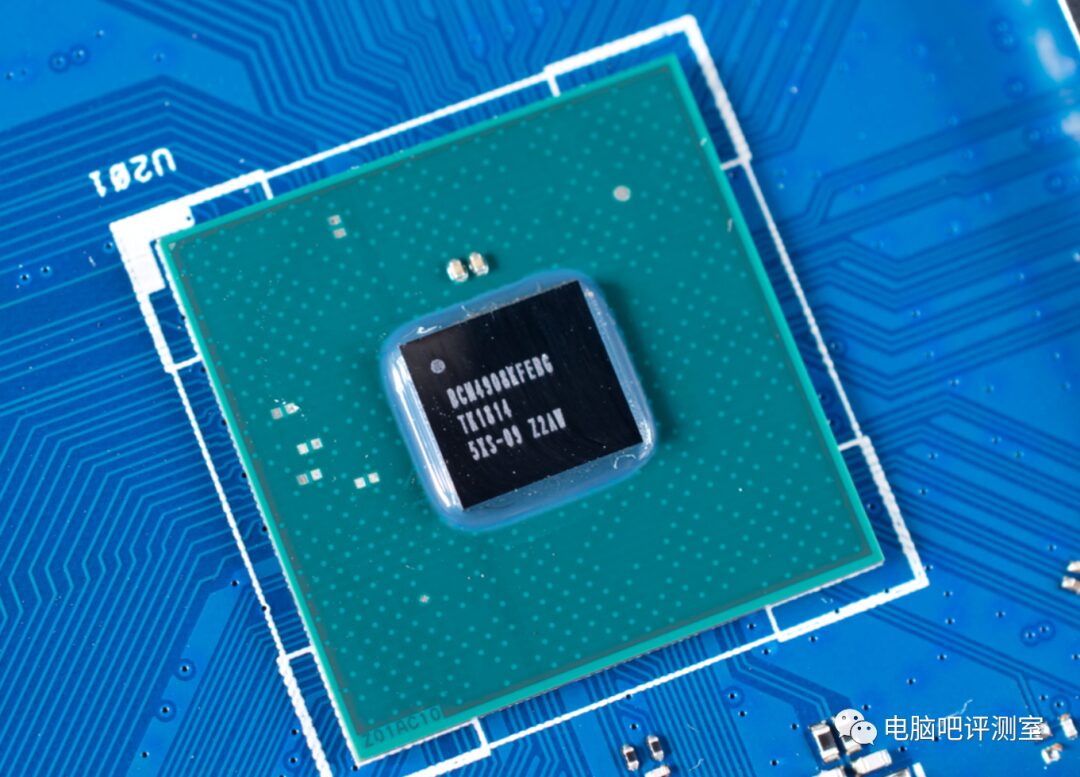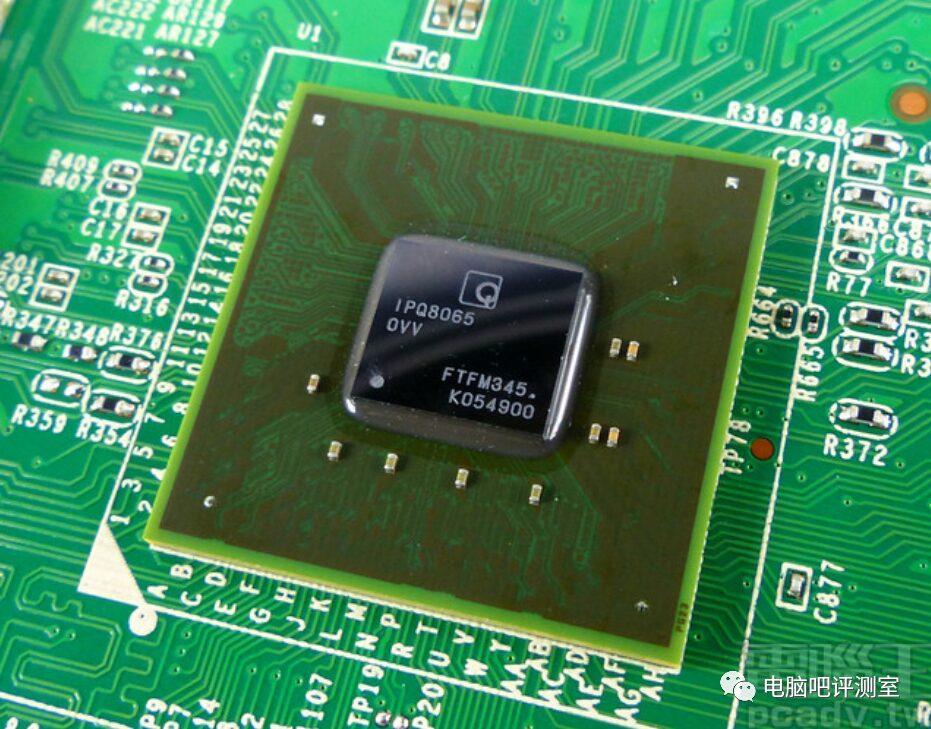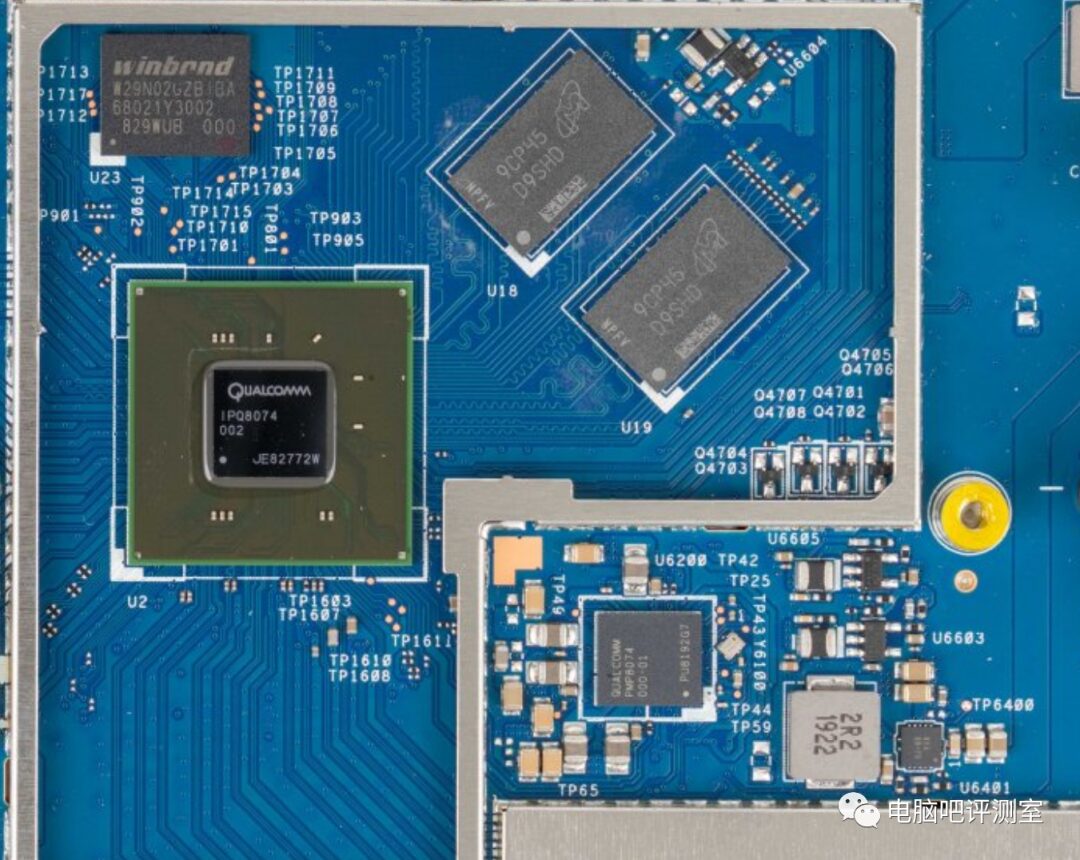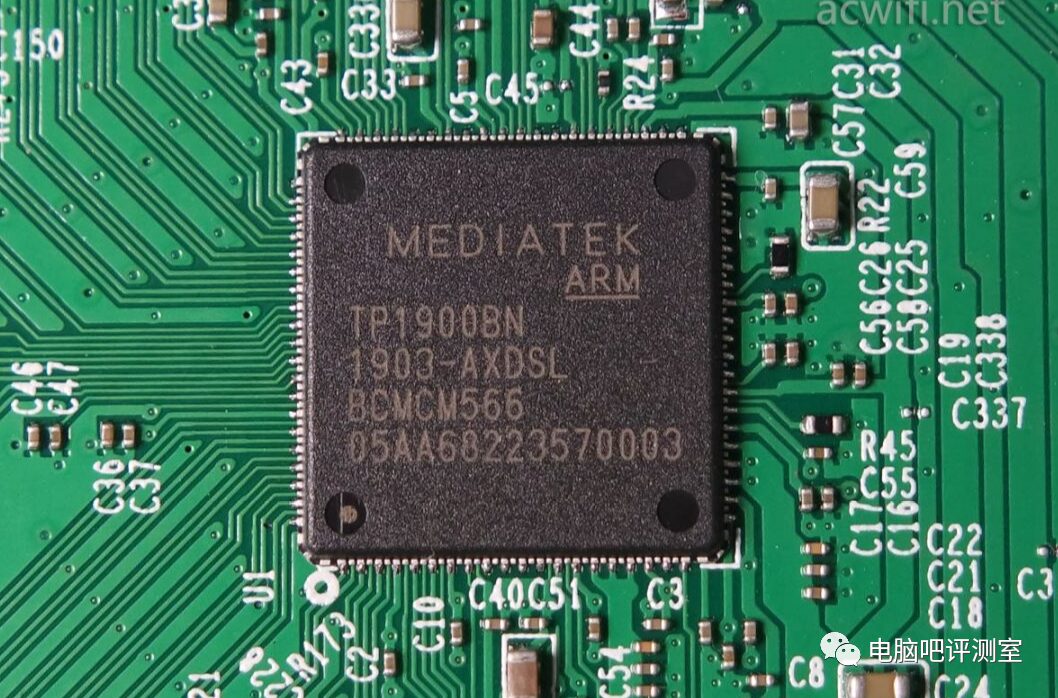In the last issue, we introduced some mainstream router CPUs: 【Router Series】 Introduction to Mainstream Router CPUs 1
This issue will complete the remaining information, but they are mostly mid-to-high-end routers, so enjoy reading.
1: BCM4906/4908
These two chips are the true successors of the 470x series, adopting the ARMv8 A53 architecture, with a frequency of 1.8GHz. The main difference between the two chips is that one is dual-core and the other is quad-core. With the A53 architecture and 64-bit support, the clock speed has nearly doubled, and it has added AES decryption instruction sets, thus significantly improving performance compared to the 470x series. When using a VPN, you no longer have to worry about insufficient performance to fully utilize the bandwidth of the router. Currently, it is one of the main CPU chips for high-end AX routers. The former represents the AC86U product, while the latter is the AX88U. However, it is remarkable that Broadcom is the first to achieve such high temperatures with A53.

2: Qualcomm IPQ8064/8065
Qualcomm’s previous generation mainstream router chip, represented by Netgear’s R7800, adopts the Krait 300 architecture, which is also an ARM architecture. Its performance lies between A9 and A15, not as good as A53. The main difference between 64 and 65 is the clock speed, one is 1.4GHz and the other is 1.7GHz. Currently, there are not many products using this chip, mainly Xiaomi, Linksys, Netgear, and TP. I have not seen ASUS using this chip. However, due to performance issues, the latest IPQ8071 has already come out, so this chip is likely to be phased out.

3: Intel GRX350
This chip was directly used after the acquisition of Infineon by the company. Currently, there are two versions of the GRX350 chip, one is dual-core 800MHz and the other is 1.6GHz. The former is represented by the Phicomm K3C and TP’s AX3000, while the latter is ASUS’s Blue Hole. This chip is based on the MIPS32 architecture and is manufactured using a 40nm process, allowing for adjustments to support either AC or AX based on the chip configuration. Based on the performance of the K3C and AX3000, the heat generation is not low, and the performance is just adequate.

4: IPQ8071A/8074
Qualcomm’s second-generation AX chip, the latter is mainly used in high-end routers, such as the AX89X. The recent representative product is the Xiaomi AX3600, which uses the latest 14nm process and features a quad-core A53 architecture, with the main difference being clock speeds of 1GHz and 2.2GHz. Currently, routers with the 8074 chip are quite expensive, but Buffalotech has a router with the same chip and configuration as AX89X for around 2400, but since it’s a Japanese version, the firmware is not very good. Because Qualcomm’s SOC is entirely open source, there is no need to worry about third-party firmware issues. The AX89X is about to have a modified version of Merlin firmware, so we can look forward to it.

5: Marvell 88F6820
Compared to Qualcomm, Marvell has a weaker presence in the router market, mainly used by Linksys. The 88F6820 is considered an older chip, manufactured using a 28nm process and based on the ARM A9 architecture. It is mainly used in gigabit routers, competing with BCM470X. However, it generates less heat. Currently, the representative product is the Linksys WRT32X. To be honest, I do not recommend Linksys products for home use due to their low cost-performance ratio, and there aren’t many third-party firmware options. Apart from a few models that can run the Merlin firmware, I do not recommend purchasing them; ASUS is a better choice for home use.

6: TP1900BN
As the name suggests, this chip is mainly used by TP. However, TP does not manufacture chips; this chip is a customized product from MediaTek, using a 28nm process and ARM A7 architecture, with a clock speed of 1.2GHz and single-core. It is widely used in various budget gigabit routers by TP, with low heat generation and high cost-performance ratio being its advantages, but don’t expect any good performance.

That’s it for the mainstream router CPUs. There are actually a few more that are rarely used, such as the one in the r9000, but since there are too few, I won’t introduce them. I hope everyone enjoys reading, and see you next time.
Remember to click on the article if you find it good!

Welcome to join the official group of Computer Bar: 808157532.
Welcome to the second-hand hardware exchange group of Computer Bar: 1079537679.
Follow Bilibili @Computer Bar Review Room, @Wing King or Weibo @Gradually Zhen JZ, @DDAA117